
About ABHED Bulletproof Jacket:
- ABHED (Advanced Ballistics for High Energy Defeat) developed by DRDO and IIT Delhi.
- These jackets have been created from polymers and indigenous boron carbide ceramic
- The design configuration is based on characterisation of various materials at high strain rate followed by appropriate modelling and simulation.
- The new jackets are capable of mitigating the highest threat levels and are lighter than the maximum weight limits stipulated for the Army.
- It will enhance soldier protection and mobility.
- With a minimum possible weight of 8 kg and 9.3 kg for different BIS levels, these modular-design jackets, featuring front and rear armour, provide 360-degree protection.
- The jackets have been classified as BIS level 5 and BIS level 6, by the Bureau of Indian Standards (BIS), which issues standards for bullet-resistant jackets and ballistic shields for the Indian Army.
- The design ensures 360-degree protection through modular armour plates that can be adapted for different mission requirements, providing soldiers with flexibility in various combat scenarios.
2. SASTRA Ramanujan Prize
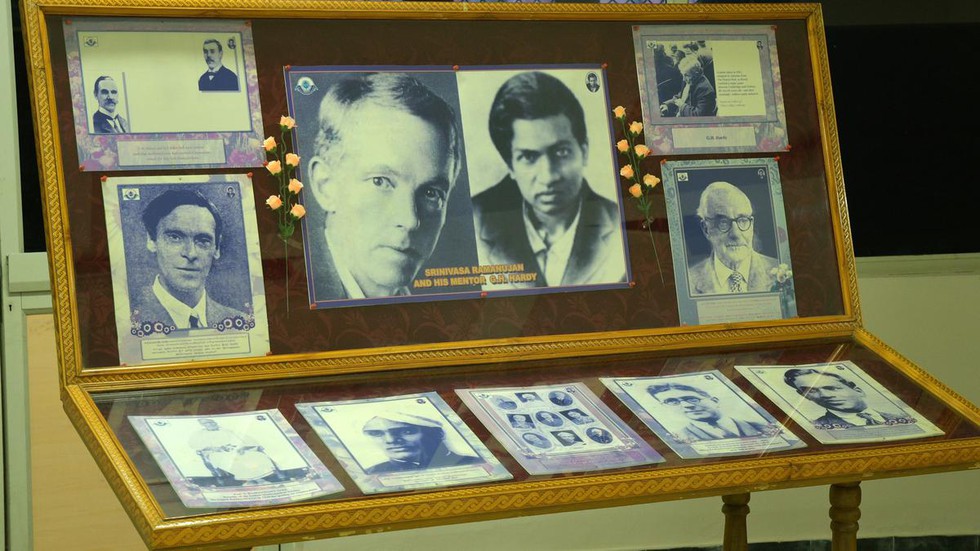
About SASTRA Ramanujan Prize:
- It was instituted in the year 2005.
- It is awarded every year by the SASTRA University on its campus near Kumbakonam in Tamil Nadu, on Ramanujan’s birth anniversary, December 22.
- Eligibility:
- The prize is conferred annually to mathematicians from across the world who is less than 32 years of age, working in an area influenced by the Srinivasa Ramanujan.
- The age limit is 32 years to commemorate the fact that Ramanujan accomplished a phenomenal body of work in this short span.
- Cash prize:It carries a citation and an award of $10,000.
- This award has gained global repute ever since it was instituted.
- Other recipients:Manjul Bhargava and Akshay Venkatesh
Contribution of Dunn
- Dunn is being recognized for his outstanding contributions to analytic number theory, particularly his joint work with Maksym Radziwill in solving the Kummer-Patterson Conjecture on bias related to cubic Gauss sums.
- His work represents a significant breakthrough in the field.
3. Global Innovation Index

About Global Innovation Index:
- It is published by the World Intellectual Property Organization.
- It is a reliable tool for governments across the world to assess the innovation-led social and economic changes in their respective countries
Key Highlights of the Global Innovation Index 2024
- India has been ranked first among 10 economies in Central and Southern Asia, further emphasizing its regional dominance in innovation.
- India has also secured the 4th position in the World Intellectual Property Organization (WIPO) Science and Technology (S&T) Cluster Ranking.
- Major cities like Mumbai, Delhi, Bengaluru, and Chennai are listed among the world's top 100 S&T clusters, which are hubs for research, development, and technological advancements.
- India has achieved the 7th rank globally in intangible asset intensity, which measures the strength of non-physical assets like patents and trademarks, essential for driving innovation.
Key points about the World Intellectual Property Organisation
- It works with the vision of encouraging creative activity and promoting the protection of Intellectual Property throughout the world.
- WIPO is one of the 15 specialised agencies of the United Nations.
- Currently, there are 193 members of the World Intellectual Property Organisation.
- Headquarter:
4. Cassowary
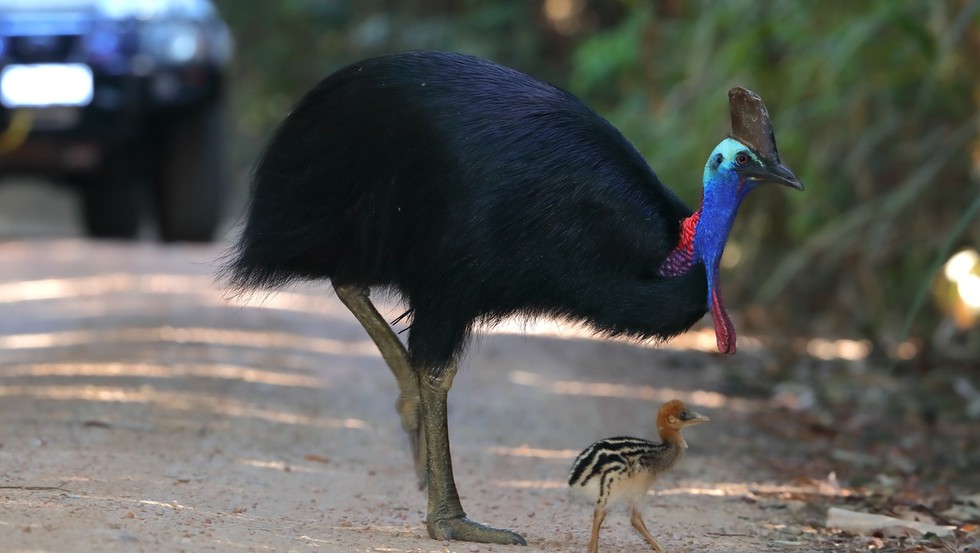
About Cassowary:
- It is a large, flightless bird most closely related to the E It is considered the most dangerous bird in the world.
- They are strong swimmers and can move quickly on both land and water.
- It has been stated that cassowaries are shy and they are usually hard to spot, at least in their natural rain forest habitats.
- Distribution: It is native to New Guinea and found in Australian
- There are three species of cassowary.
- The southern, or double-wattled cassowary (Casuarius casuarius) is the largest of the three. It inhabits lowland rainforest and is also found in eucalyptus forests or forested swamps.
- The northern or single-wattled cassowary (Casuarius unappendiculatus) inhabits the coastal swamps and lowland rainforests of northern New Guinea.
- The dwarf cassowary is smaller than the other two species of cassowary, usually weighing around 50 pounds. Their habitat is at a higher altitude, and they are generally found in more steep mountainous terrain,
- Ecological Significance: They remain a significant disperser of seeds from native plants between rainforest patches and remain essential in maintaining native plant diversity.
- Cultural Significance
- They are culturally important for some Aboriginal groups, and they sometimes feature in traditional ceremonies, dances and Dreamtime narratives.
- Several of these indigenous groups are now involved in cassowary conservation, using traditional ecological knowledge along with modern science.
5. Philadelphi corridor

About Philadelphi corridor:
- It is a ribbon of land about 14kms in length and 100 metres wide along Gaza’s border with Egypt.
- It was designated as a demilitarised border zone after the withdrawal of Israeli settlements and troops from Gaza in 2005 and runs from the Mediterranean to the Kerem Shalom crossing with Israel.
- The Corridor was originally established under the 1979 Israel-Egypt peace treaty as a 100-meter-wide buffer zone.
- The zone was later expanded beginning during the Second Intifada to be several hundred meters wide. It covers the entire 8.7-mile-long border.
- The Rafah crossing between Egypt and Gaza is within the Philadelphi Corridor.
- In 2005, as part of Israel’s unilateral withdrawal from Gaza, Egypt and Israel signed an agreement by which Egypt would secure the border between Egypt and Gaza to prevent the smuggling of weapons into the Strip.
- Egypt maintains a one-kilometer-wide buffer zone on its side of the border, with plans to expand it.
6. Manas National Park and Tiger Reserve
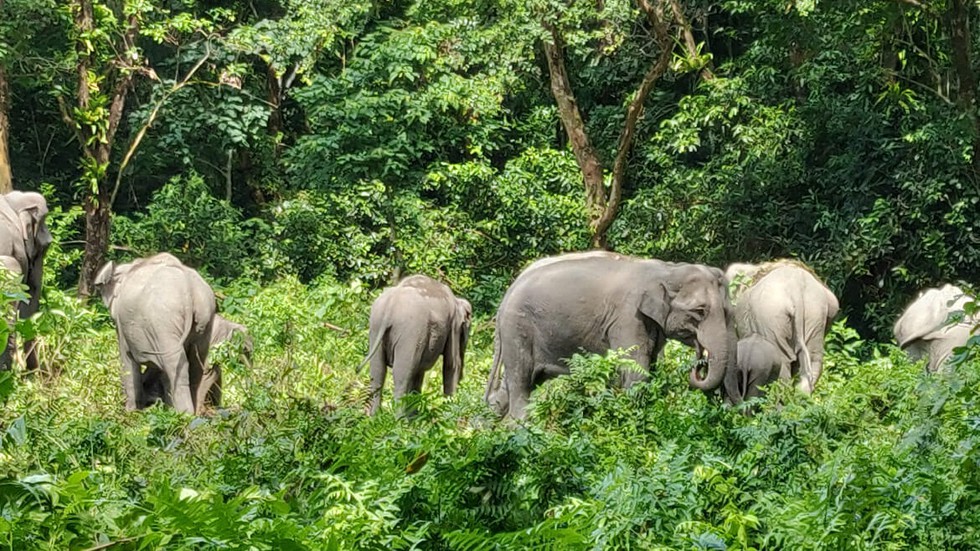
About Manas National Park and Tiger Reserve:
- It is located in the foothills of Himalayas in Assam. It is contiguous with the Royal Manas National Park in Bhutan.
- The area has a unique distinction of being a Natural World Heritage Site, a Tiger Reserve, an Elephant Reserve, a Biosphere Reserve and an Important Bird Area.
- It is one of the first reserves included in the tiger reserve network under project tiger in 1973.
- It forms part of a large tiger conservation landscape which includes Buxa-Nameri-Pakke-Namdapha tiger reserves and protected areas of Bhutan and Myanmar.
- The name of the park originates from the Manas River, which is named after the serpent goddess Manasa.
- The Manas River is a major tributary of Brahmaputra River, which passes through the Manas National Park.
- Flora: In general, the vegetation comprises of Sal (Shorea robusta), scrub forests, old plantations (in buffer areas), semi-evergreen and mixed deciduous forests, interspersed with grasslands and riparian vegetation (in core area).
- Fauna: The Park is known for its rare and endangered endemic wildlife such as the Hispid Hare, Pygmy Hog, Golden Langur, Indian Rhinoceros, Asiatic Buffalo etc.
7. KH-22 Cruise Missile
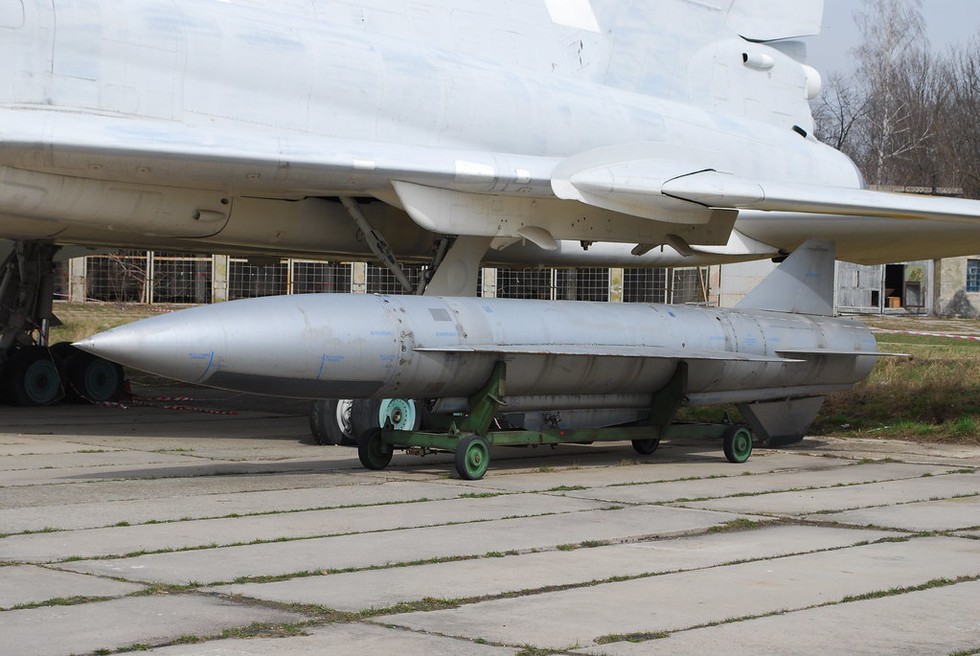
About KH-22 Cruise Missile:
- It is a Soviet-era long-rangeairborne supersonic cruise missile.
- It is also known by the NATO reporting name AS-4 'Kitchen'.
- The Kh-22 family was developed in the USSR in the 1960s and specifically designed to be launched from Tupolev-22 bombers.
- This missile was intended primarily to destroy large naval targets like aircraft carriers, using either conventional or nuclear warheads.
- It boasts impressive specifications, including a speed of up to Mach 4.6 and a range of approximately 600 kilometers.
- It weighs 5,820 kilograms.
- A total of approximately 3,000 such missiles were produced in the USSR.
- After the USSR collapsed, quite a few of them remained in Ukraine. However, soon after independence in 1991, Ukraine gave up its nuclear and strategic aviation arsenal.
- In 2000, Ukraine transferred 386 Kh-22 missiles to Russia as an installment against the gas debt.
- The successor to the Kh-22 became the Kh-32, which can be carried by the new Russian Tu-22M3M bombers.
- The new missile features a conventional warhead, an improved rocket motor, and a new radar imaging terminal seeker. It has a longer range but a smaller warhead.
8. Three Gorges Dam
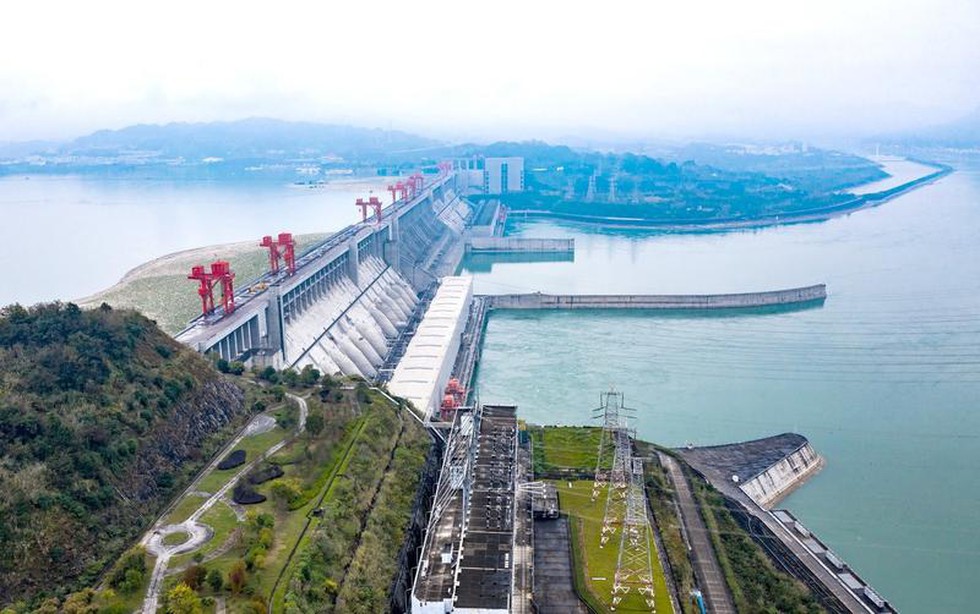
About Three Gorges Dam:
- It is located on the Yangtze River in China’s Hubei Province.
- It is the world’s largest hydroelectric power station.
- The dam was completed in 2012 after nearly two decades of construction.
- Its staggering dimensions—2,335 metres (7,660 feet) long and 185 metres (607 feet) high—make it the largest dam ever built.
- The dam’s reservoir has a capacity of 40 cubic kilometres (about 10 trillion gallons) of water, which can produce up to 22,500 megawatts of electricity.
- The dam uses the flow of water from the three closest gorges, known as Qutangxia, Wuxia, and Xilingxia, for spinning the turbine and generating electricity
- Beyond its hydroelectric capabilities, the dam is intended to increase the Yangtze River's shipping capacity and reduce the potential for floods downstream by providing flood storage space.
Key Facts about Yangtze River:
- It is the longest river in both China and Asiaand third longest river in the world, with a length of 3,915 miles (6,300 km).
- It is also considered the longest river to exclusively flow within the borders of a single nation.
- Its basin drains an area of 698,265 square miles (1,808,500 sq.km).
- From its source on the Plateau of Tibet to its mouth on the East China Sea, the river traverses or serves as the border between 10 provinces or regions.
- More than three-fourths of the river’s course runs through mountains.
- The Yangtze has eight principal tributaries. On its left bank, from source to mouth, these are the Yalung, Min, Jialing, and Han rivers; those on the right bank include the Wu, Yuan, Xiang, and Gan rivers.
9. GST Compensation Cess

About GST Compensation Cess:
- It is levied under Section 8 of The Goods and Services Tax (Compensation to State) Act, 2017.
- Why is GST Cess Levied?
- As GST is a consumption-based tax, the state in which the consumption of goods and supply happen would be eligible for the indirect tax revenue.
- Hence, after GST comes into effect, some states that are net exporters of goods and/or services are expected to experience a decrease in indirect tax revenue.
- To compensate the States for the loss in tax revenue, the GST Compensation Cess has been declared by the Central Government.
- Usage of GST Cess:
- All the proceeds received from the GST compensation cess would be credited to a non-lapsable fund known as the GST Compensation Fund.
- The funds would then be used for compensating tax revenue loss to States on account of GST implementation.
- If any funds are unutilized, then at the end of the transition period, it would be shared in half by the Central Government and all State Governments.
- The State government’s share would be distributed in the ratio of their total revenues from the State tax or the Union territory goods and services tax, in the last year of the transition period.
- Applicability:
- GST Cess would be applicable to both the supply of goods or services that have been notified by the Central Government.
- Also, both intrastate supplies of goods or services and interstate supplies of goods or services would attract GST cess.
- All taxable persons under GST, except taxpayers registered under the GST composition schemeis expected to collect and remit GST cess.
- In the GST regime, compensation cess at varied rates is levied on luxury, sin, and demerit goods (cigarettes, pan masala, gutkha, and other tobacco products, soft drinks, cars, etc.).
- In 2022, the GST Council decided to extend the levy till March 2026 to repay the interest and the principal amount of the Rs 2.69 lakh crore worth loan taken in the 2021 and 2022 fiscal years to make good states' revenue loss during Covid years.
10. What is an Active Galactic Nucleus (AGN)?

About Active Galactic Nucleus (AGN):
- An AGN is an extremely bright central region of a galaxy that is dominated by the light emitted by dust and gas as it falls into a black hole.
- The extremely luminous central region emits higher radiation that can outshine the rest of the galaxy altogether.
- AGNs emit radiation across the entire electromagnetic spectrum, from radio waves to gamma rays.
- This radiation is produced by the action of a central supermassive black hole that is devouring material that gets too close to it.
- A galaxy hosting an AGN is called an ‘active galaxy’.
- AGNs are the most luminous, persistent sources of electromagnetic radiation in the Universe. This means they can be used to discover distant objects.
- Astronomers have also classified different types of AGN based on their observed characteristics.
- The most powerful AGNs are known as quasars, which give rise to extremely luminous galactic centres.
- A blazar is an AGN with a jet of light and energy that is pointed toward the Earth.


























































































































































.png)
.png)
.png)
.png)
.png)


.png)
.png)
.png)





.png)
.png)






.png)
.png)
.png)
.png)
.png)
.png)
.png)
.png)
.png)

.png)







.png)
.png)


.png)
.png)
.png)


.png)

.png)
.png)





.jpg)

.png)
.png)


.png)

.png)
.png)
.png)

.jpg)

.jpg)


.png)

.png)
.png)
.png)
.png)
.png)
.png)
.png)
.png)
.png)
.png)




.png)

.png)





.png)
.png)
.png)
.png)
.png)
.png)
.png)
.png)
.png)
.png)
.jpg)
.jpg)

.png)
.png)
.png)
.png)
.png)
.png)
.png)
.png)
.png)
.png)
.png)
.png)
.png)
.png)
.png)
.png)
.png)
.png)
.png)
.png)
.png)
.png)



.png)
.png)

.jpg)
.jpg)


.jpg)
.jpg)
.jpg)
.jpg)
.jpg)

.jpg)








.jpg)
.jpg)
.jpg)
.jpg)
.jpg)

















.jpg)
.jpg)







.jpg)


















.jpg)
.jpg)






























































































.jpg)
.jpg)


























.jpg)

.jpg)










.jpg)








.jpg)




.jpg)










.jpg)


















.jpg)












































.jpg)














.jpg)
.jpg)
.jpg)





.jpg)

.jpg)
.jpg)





































































.jpg)


































.jpg)
.jpg)
















































.jpg)












.jpg)


.jpg)




.jpg)
.jpg)
.jpg)

.jpg)
.jpg)
.jpg)
.jpg)

.jpg)
.jpg)
.jpg)

.jpg)
.jpg)
.jpg)
.jpg)
.jpg)
.jpg)
.jpg)
.jpg)

.jpg)


.jpg)
.jpg)
.jpg)
.jpg)
.jpg)
.jpg)
.jpg)
.jpg)
.jpg)
.jpg)











.jpg)
.jpg)





.jpg)
.jpg)
.jpg)
























.jpg)
























.jpg)









.jpg)
.jpg)







.jpg)
.jpg)









































.jpg)
.jpg)
.jpg)
.jpg)
.jpg)

.jpg)
.jpg)
.jpg)
.jpg)
.jpg)


.jpg)
.jpg)
.jpg)
.jpg)
.jpg)

.jpg)
.jpg)
.jpg)
.jpg)
.jpg)
.jpg)
.jpg)
.jpg)
.jpg)
.jpg)
.png)

.png)
.png)

.png)
.png)
.png)
.png)


.jpg)
.jpg)

.jpg)
.jpg)
.jpg)

.png)
.png)
.png)
.png)
.png)
.png)
.png)

.png)
.png)
.png)
.png)
.png)
.png)
.png)
.png)
.png)
.png)





































































-min.png)



.png)




.png)








































